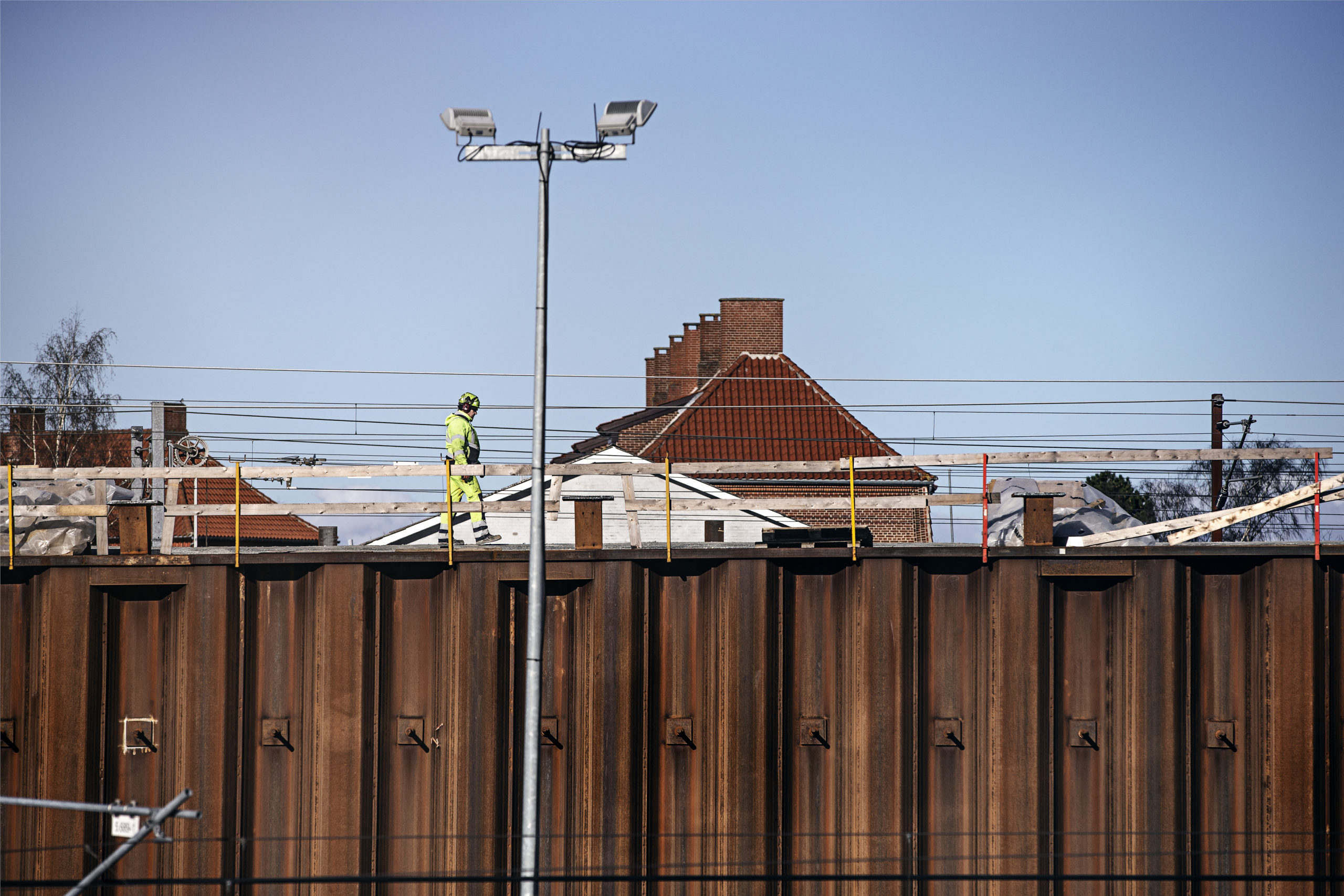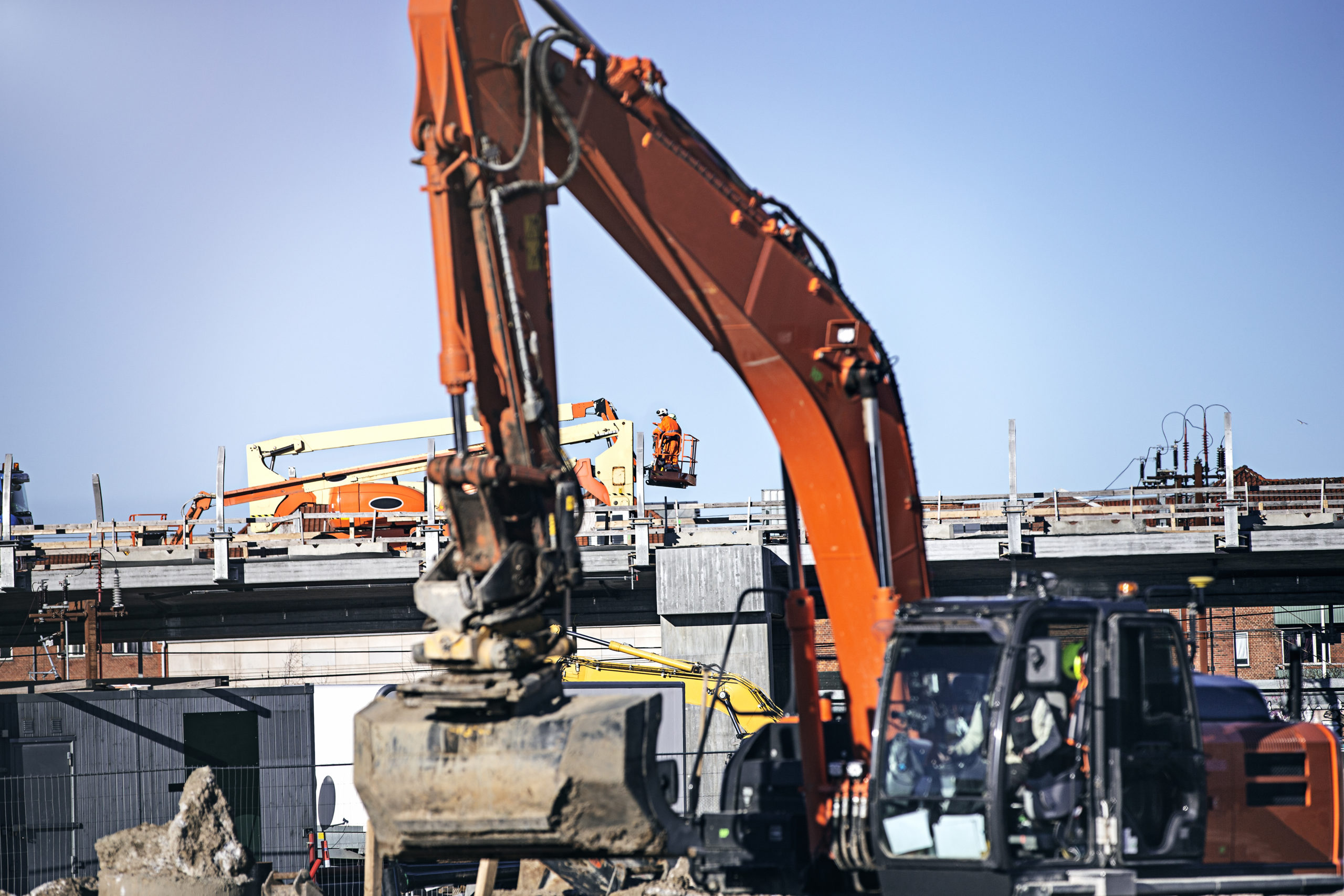
The Arbitration Board was established in its current form in 1972 at the request of the industry's organizations and began its operations on January 1, 1973. The Arbitration Board is a private institution, operates on a non-profit basis, and does not receive public funding.
We handle around 400 arbitration cases and more than 1,000 expert appraisal cases each year.
The Arbitration Board assists in resolving conflicts in the field of building and construction when the parties agree to it. Most often, the parties have used one of the standard contract documents within the construction industry, such as AB-92 or AB-18, but it can also be agreed upon in another way. This applies to all types of work, from commercial office buildings and large public infrastructure projects like bridges, roads, or schools, to cooperative housing and private single-family homes.
The Arbitration Board only handles cases in accordance with its procedural rules but may propose expert assessors, among others, if the case is handled by the Danish courts or based on the parties' own agreement.
The Arbitration Board offer conciliation and mediation, der kan føre til en hurtigere og billigere løsning af konflikten gennem bistand til forlig.
The Arbitration Board can, upon request, appoint an expert to answer specific questions of a technical or professional nature, a specialistto clarify the validity of a claim on a provided guarantee, or a referee to make a swift decision.
An arbitration tribunal can also be appointed in an arbitration case to make a final decision, consisting of both legal judges and/or technical experts with expertise in the field.
If arbitration has been agreed upon in a construction case with a consumer, the consumer will have the right to withdraw from arbitration under the Arbitration Act.
Read more about the case types of the Arbitration here.


Arbitration involves entrusting the decision to private and independent experts. The aim is, among other things, to ensure that the case is handled confidentially at a high professional level and that the process moves faster, particularly because the procedures are more flexible, and the arbitration tribunal's decision is final. This eliminates the risk of additional time and expenses from an appeal. Since arbitration decisions cannot be appealed, the case presentation, legal and professional insight, and expertise within the arbitration tribunal must be of the highest standard.
The Arbitration Board's cases most often involve disputes between professionals. Professional arbitration, with a highly qualified legal judge and technical judges with expertise in the specific field, can be an economically and time-efficient alternative to court proceedings.
In construction and civil engineering cases, arbitration can often offer the particular advantage that multiple parties and third parties—such as subcontractors—can be involved in one and the same case, provided that all have used the AB standard agreements as the contractual basis.
The process can also be conducted in English at the request of the parties.
Confidentiality
Please note that the Board cannot disclose which cases are currently pending or have previously been handled, unless this information is already publicly known.
The images used on this website have been selected solely for their visual expression and do not indicate that the construction and civil engineering projects shown have been or are currently subject to proceedings before the Board.
The Arbitration Board is the name of the institution itself, while the standard agreements, the board’s statutes and the individual sets of rules and regulations list a number of tasks to be performed by the board, the presidium and the secretariat. The board also has a number of individual experts and arbitrators with expertise in building and construction at its disposal, for example skilled builders, engineers, architects and representatives of other professions in the industry.
The board has thirteen members, twelve of whom are appointed after having been nominated by key organisations in the field of building and construction. The board functions as a kind of board of directors and adopts general guidelines for its activities, including general rules on the management and hearing of cases, but the thirteen members of the Board do not decide any cases.
A group of judges is attached to the Arbitration Board. It consists of a presidium of three arbitrators and 19 alternates, all of whom are either supreme or high court judges.
The Secretariat has a staff of 30 people who are in charge of administration and preparation of the arbitration cases and assist the individual arbitration tribunals. The Secretariat also follows up on the work performed by the board.
The individual rules concerning the hearing of cases lay down the authorities vested in the board, the Presidium and alternates – and in certain respects the chair of the Presidium – and the Secretariat. Further information is available under individual tabs under the heading of ‘Case types’.

The Board of the Arbitration Board has adopted a new statute (Statute 2024), which will come into effect on January 1, 2024. The statute has been approved by the Danish Transport, Construction, and Housing Agency.
The changes have, among other things, been made in light of AB-18 and primarily concern the composition of the Arbitration Board's management, which now more closely reflects the composition of the AB Committee. TEKNIQ Arbejdsgiverne and KL/Danish Regions (shared seat) will thus have a seat on the management board, and adjustments have been made to account for the merger of Dansk Byggeri with DI. Additionally, there has been a change in the process for appointing board members and an adjustment to the chairman's term of office, as specified in § 3.
A number of other adjustments have been made, including a clarification of the Arbitration Board's name and aliases in § 1, as well as additions to §§ 5 and 6.
The Statute 2024 can be read below. The documents are to be translated.
You will receive an email when we post news on the website. You will get 1-2 emails per month and can unsubscribe at any time.
Vesterbrogade 2 B, 3rd floor
DK-1620 København V
Telephone +45 3313 3700
E-mail voldgift@voldgift.dk
Openning hours
Monday-thursday 9.00-16.00
Friday 9.00-16.00
Phone hours
Monday-friday 9.00-15.00
© 2024 Alle rettigheder forbeholdt voldgift.dk Design af Lux Creative